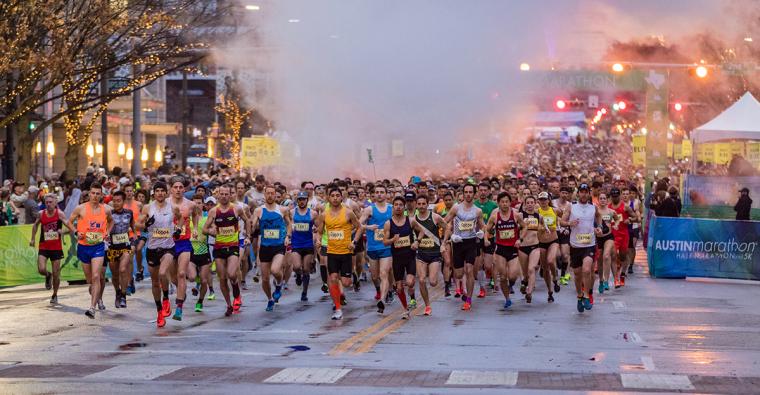
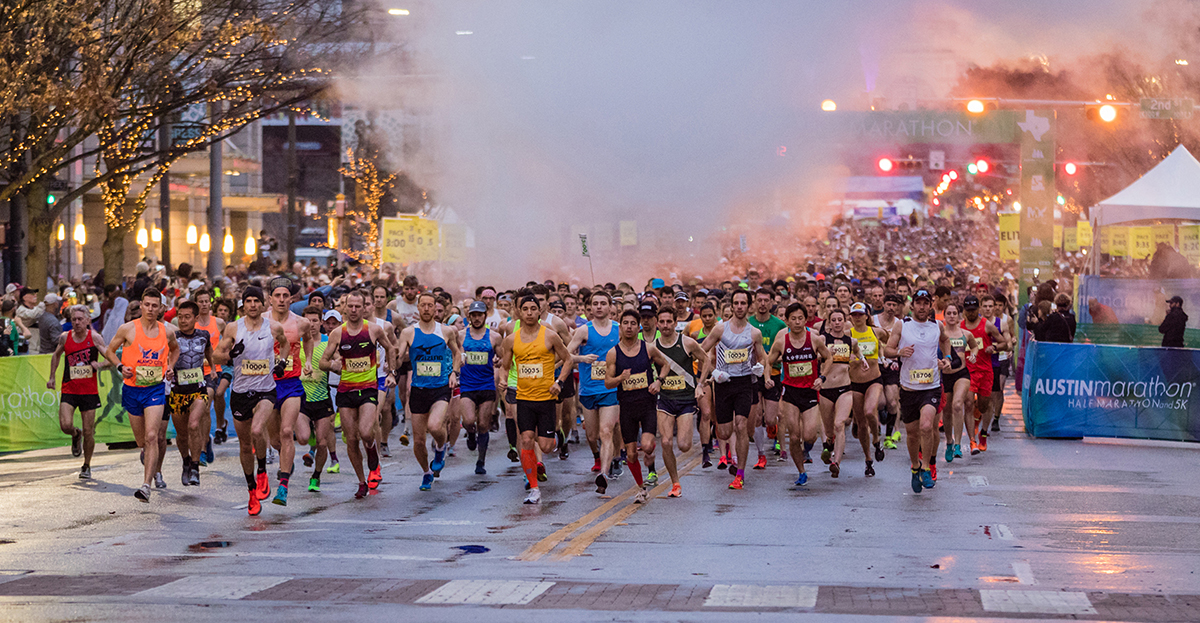
As sports event owners, we’re tasked with many things but the safety and security of everyone at our events is paramount. Security is an incredibly complex matter because it extends to so many people: athletes, their families, spectators, officials, volunteers, the media and venue representatives – and that’s just a short list.
Some risk factors are simply out of our control, like the weather. Others, however, like individuals intent on causing trouble or harm, are things that we can try to guard against. The more of those precautions we can take, the safer we can make our events. But security is more than hiring people to stand around wearing official shirts. It’s an approach that starts months in advance of an event and encompasses a wide range of services.
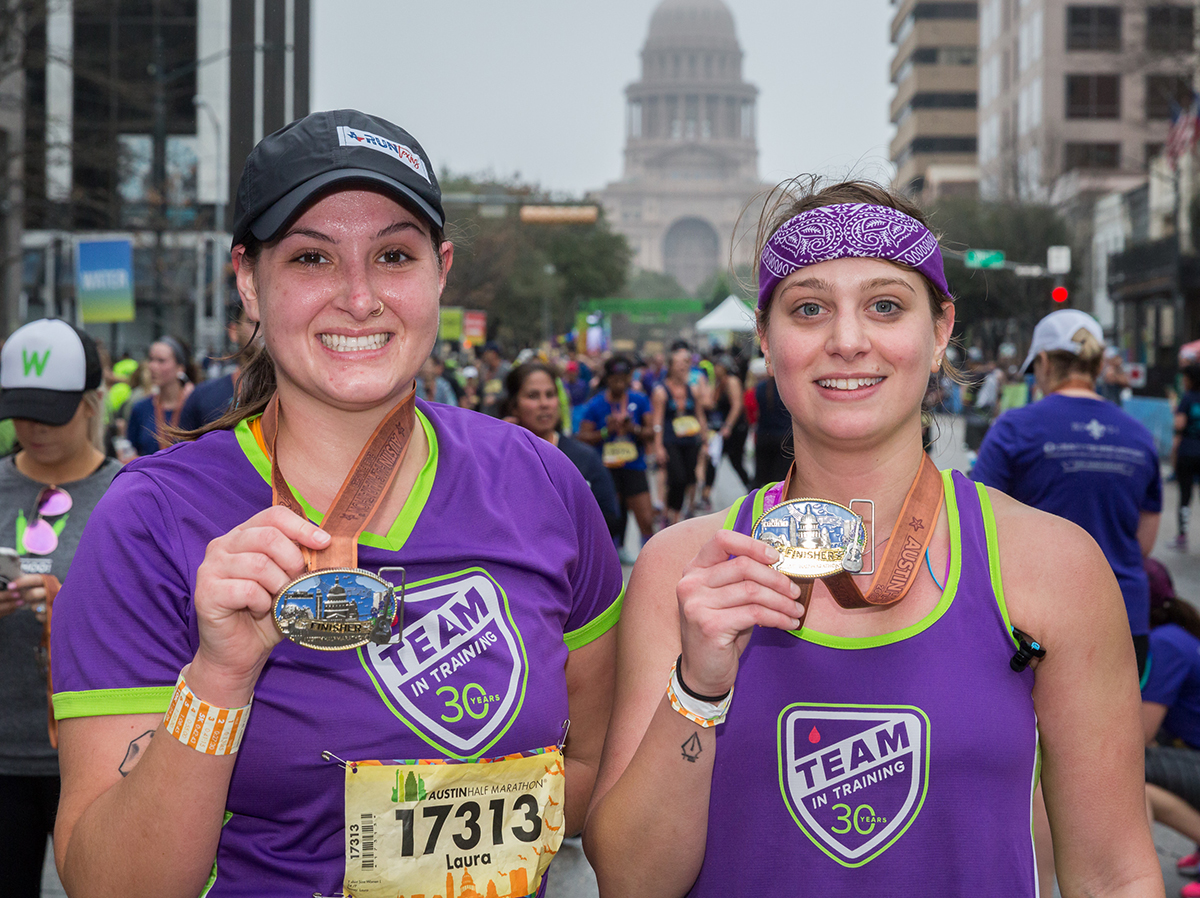 As the company that owns and produces the Austin Marathon, we work on security year-round. We are in constant communication with a wide range of personnel whose job it is to control the many moving pieces, as it were, that could threaten the event. That means we work with the Austin Police Department, the Department of Public Safety, the University of Texas Police Department, the City of Austin, a private security firm (these individuals have the responsibility of guarding our equipment and protecting critical areas of the race), the bomb squad, convention center staff and finally, Homeland Security (officers of which staffed our Command Center on race day with representatives of each entity we just mentioned).
As the company that owns and produces the Austin Marathon, we work on security year-round. We are in constant communication with a wide range of personnel whose job it is to control the many moving pieces, as it were, that could threaten the event. That means we work with the Austin Police Department, the Department of Public Safety, the University of Texas Police Department, the City of Austin, a private security firm (these individuals have the responsibility of guarding our equipment and protecting critical areas of the race), the bomb squad, convention center staff and finally, Homeland Security (officers of which staffed our Command Center on race day with representatives of each entity we just mentioned).
If that sounds like a lot of people, consider this: we have a 26.2-mile course that ends with 15,000 people running past our state capitol building. In between the start and finish, they’re winding their way through the city, including neighborhoods and business districts. It’s a lot of ground to cover. Maybe not every sports event is quite this complex, but they all have some level of risk. In all cases, the more we can do to prevent problems, the better outcome we have. There are lessons in event security we can all learn. Here are a few.
Security is a Work in Progress
It’s also something that seems to have trickled down to even local events. After September 11, we started seeing changes in security protocol for spectators of major sports events. Later, after the Boston Marathon bombing and then again, after the bombing outside the soccer stadium in Paris, organizers took even further steps. School shootings have made us cautious at high school games.
We have instituted a number of steps to increase security and we encourage people to investigate any measures they think may help them in their work as well.
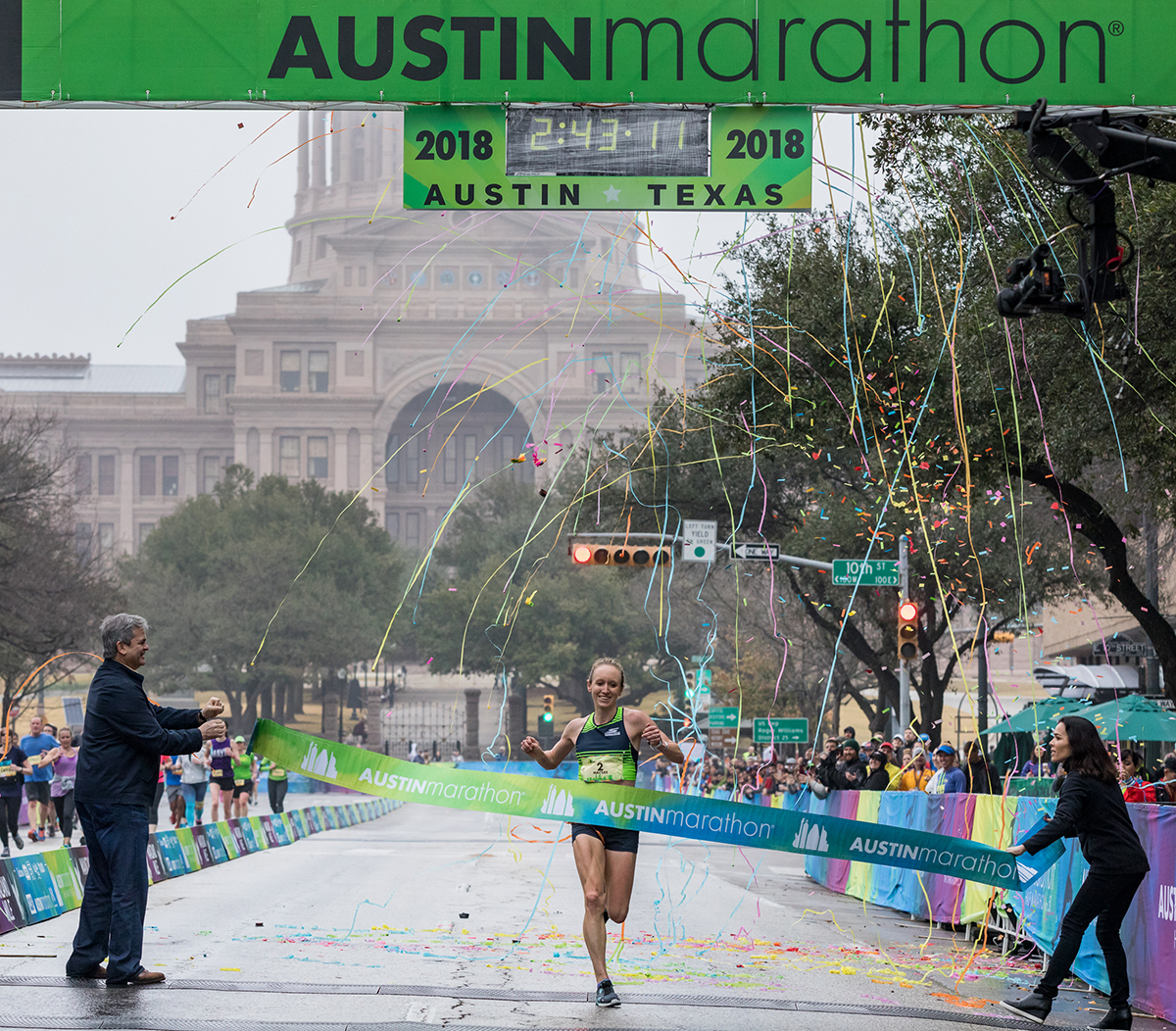 Showing a photo I.D. in order to be able to pick up materials: It’s something we instituted in 2017, but other sports events have done it before us. In our case, people need to show their I.D. to get their race bibs, shirts and other items. Some people may be surprised you’re requiring this but overall, they understand it’s for their safety.
Showing a photo I.D. in order to be able to pick up materials: It’s something we instituted in 2017, but other sports events have done it before us. In our case, people need to show their I.D. to get their race bibs, shirts and other items. Some people may be surprised you’re requiring this but overall, they understand it’s for their safety.
Clear plastic bags to hold all gear: Obviously, it’s an inconvenience but it makes it easier for the security guards who need to go through bags. (Some sports venues simply have a size limit on bags and will not allow people to bring in backpacks and very large totes).
Bomb-sniffing dogs: Again, something that may not be applicable to every event, but something that increases your level of security.
A closed course: We have an engineered traffic control plan approved in advance by our city staff, as well as a professional traffic control company that sets barricades along entire route according to the traffic plan. In fact, set-up starts late on Friday (our race is on a Sunday). It’s necessary since there’s so much ground to cover. Our finish line alone stretches for three city blocks.
Flaggers and course marshals: We have people stationed throughout the race to direct runners and keep them on course.
Police at all intersections: We use hundreds of them. A visible police presence is a huge boost to your event’s security.
Telling spectators and athletes, If you see something, say something: If people know they can turn to an authority – a police officer, for example – and report something that doesn’t seem quite right, they can be part of the solution, rather than simply being afraid.
As you can imagine, none of this happens without a lot of planning – planning that takes place far in advance of the event. Permitting (and community relations regarding the race route) is a year-round process; we are in constant conversations with the City of Austin, as well as businesses, churches, universities and other community stakeholders. Even if an event takes place only one day, you don’t want people to feel they’ve been blindsided by it. You also increase your community engagement by involving all those entities and making them a part of the decision-making process.
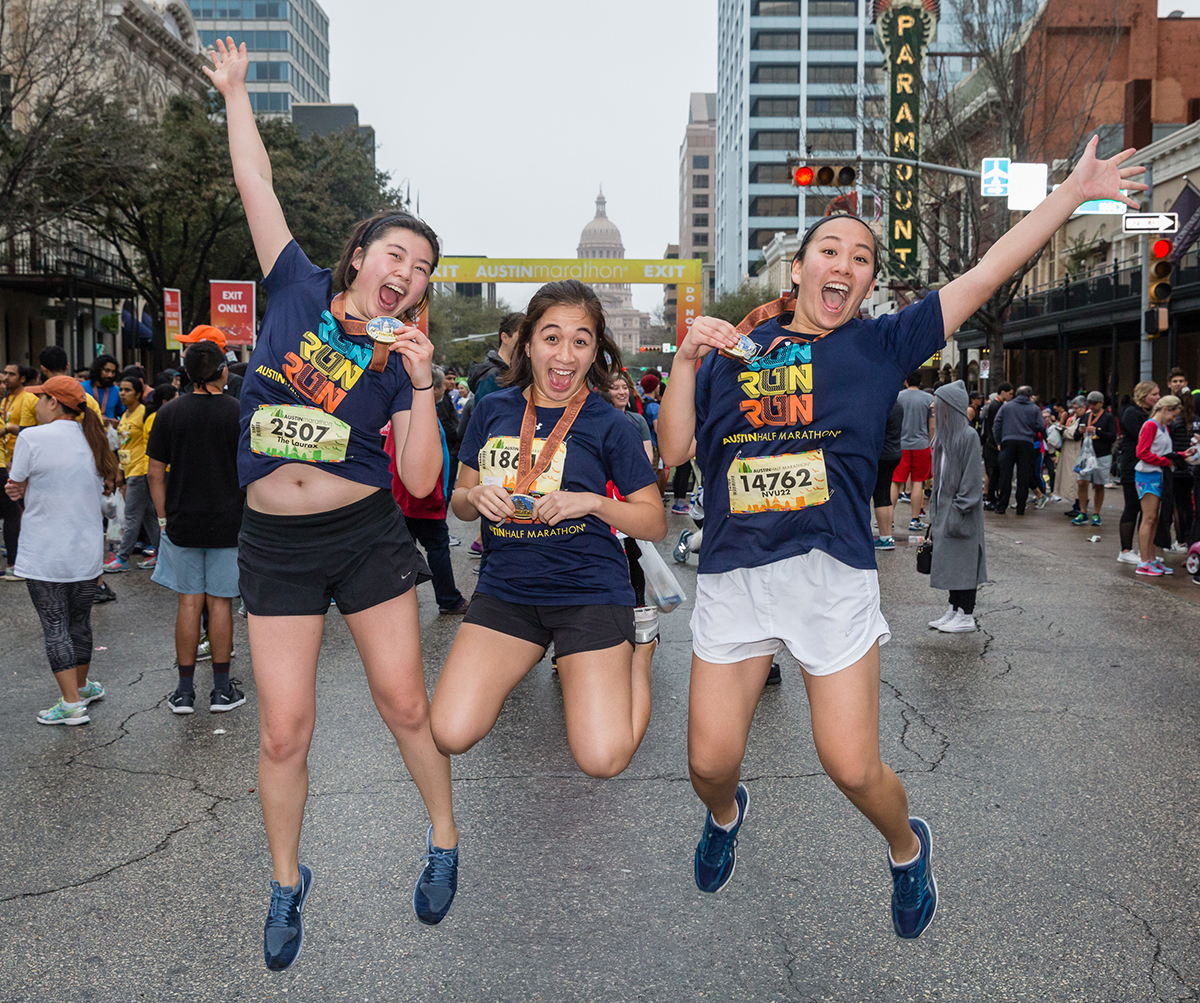
As previously noted, our security planning is a complex process because of the length and duration of our event. Every event takes preparation, though, and as you move through those, there are plenty of opportunities to ask yourself what might go wrong and how it could be prevented. Maybe, for example, your event a youth soccer tournament – doesn’t call for a bomb-sniffing dog, but you might need a ‘watchdog’ of sorts – in the form of a uniformed security guard or an off-duty police officer. They tend to be a good deterrent to people who might make trouble. (After all, even parents can get unruly at times.)
At this point, you might be shaking your head and wondering how much it all costs. Good security is an investment and the more you have, obviously the bigger that investment is. We allocate 35 percent of our marathon’s budget for security. Each event, however, is different, and how much security you need will depend upon the parameters of your event: its size, scope, venue, attendance, number of athletes and many more factors. Don’t be intimidated by the idea of spending money on security; after all, do you really save anything if you take unnecessary risks?
Athletes and Injuries
Often mentioned in the same breath as security is safety and at least one part of that is medical support. Our event works with Austin/Travis County EMS. We have standby units along the course and at the finish line, mobile special event units, paramedics on Gators and bikes on the course and staff at all aid stations. We also work with Medicine in Motion, a local sports medicine practice and have a fully staffed medical tent at the start and finish of the race. Just as with security, where we rely on professionals, we know it’s better to have qualified medical support for the safety of our athletes.
Think about Security Sooner, Rather than Later
Often, first-time event planners don’t even want to think about what could go wrong at their event and as a result, they put off making a plan. Don’t make that mistake. You wouldn’t put off planning other aspects of your event like catering arrangements or venue set-up. So take the time and work out these details as well. Sit down and analyze your event, looking for areas of risk. Get a consult from a security company that has worked with sports events and let them help you come up with a plan of action in case of emergencies. Make sure your staff and volunteers all understand the plan and where they fit into it.
We’re often asked why we spend so much time on security. We always give the same answer, and honestly, it’s something everyone can strive for: we want to produce one of the best events in the country with a special emphasis on participant, spectator and volunteer safety. If we can do that, our athletes, spectators and more will keep coming back. SDM

